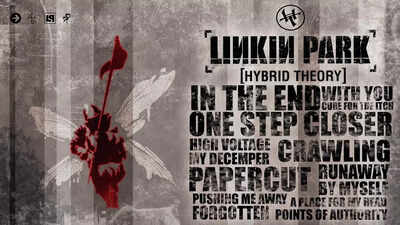
For various, typically historical reasons, even the best physicists claim things that sound egregious to modern observers. That doesn’t necessarily mean these ideas are completely useless—if anything, theories once dismissed might just be what scientists need to break a stalemate in existential physics.
Writing for Physical Review Letters, a team of Japanese physicists does exactly that, offering a new interpretation of an 1867 theory describing atoms as “knots” in the aether. The paper does not advocate for aether, the so-called “fifth” element from ancient and medieval science. Rather, the researchers consider a version of the universe’s history where cosmic knots of energy slowly untangled into matter as we know it today.
A knotty problem?
All matter in the universe has an evil twin: antimatter. These particle pairs should’ve canceled, or annihilated, each other after the Big Bang, leaving nothing behind save for a universe brimming with radiation. Physicists aren’t entirely sure why this happened, but it seems a slight imbalance in favor of matter won out, resulting in everything we see around us, including our own physical existence. Physicists have devised various accounts to explain this paradox, known as the matter-antimatter asymmetry, through a mechanism called charge-parity (CP) violation, but no clear solution exists.
William Thomson—also known as Lord Kelvin—believed that atoms were essentially knots, “mathematically defined as closed curves embedded into three-dimensional space,” according to the paper. The researchers’ revival of this theory applies the idea of knots to wave packets of energy propagating through the early universe. After the Big Bang, a series of phase transitions generated cracks in space, leaving behind “thread-like defects” from the explosion.
The cosmic knots would form as these filaments became entangled by the expansion and contraction of spacetime, the researchers said. Eventually, the knots untangled through quantum tunneling—the phenomenon behind this year’s Nobel-winning physics—allowing particles to pass like ghosts through barriers in the quantum realm.
A cosmic family tree
If these knots had a slight bias toward matter over antimatter, their unraveling could help explain the matter-antimatter imbalance, the paper stated. A thorough mathematical investigation of this hypothesis confirmed that, at the very least, the theory holds up.
“Basically, this collapse produces a lot of particles,” Yu Hamada, study co-author and a particle physicist at Keio University in Japan, said in a statement. These particles include a form of neutrino—electrically neutral particles with near-zero mass—whose decay can “naturally generate the imbalance between matter and antimatter,” Hamada explained.
“These heavy neutrinos decay into lighter particles, such as electrons and photons, creating a secondary cascade that reheats the universe,” he added. “In this sense [neutrinos] are the parents of all matter in the universe today, including our own bodies, while the knots can be thought of as our grandparents.”
The new proposal presents one novel approach to thinking about the matter-antimatter problem, but the researchers admit that, as of now, the theory is still a theory. However, their calculations suggest that collapsing cosmic knots should leave behind strings—structures that gravitational wave observatories, such as LIGO or LISA, should be able to detect.
And if they can, that would be a field day for string theory enthusiasts.















































